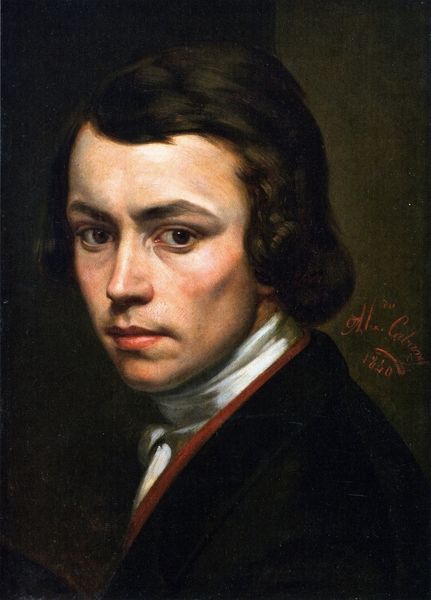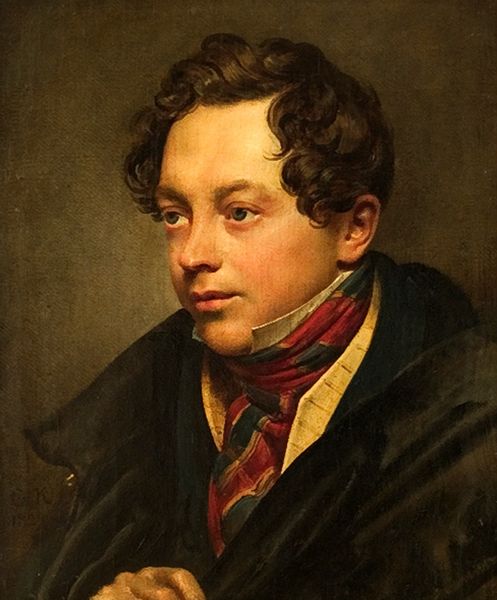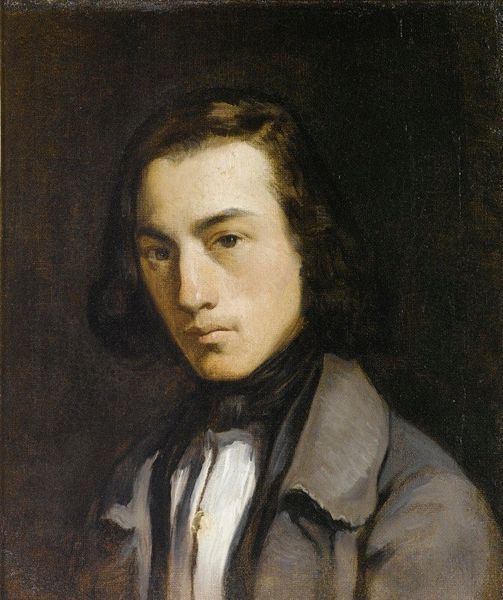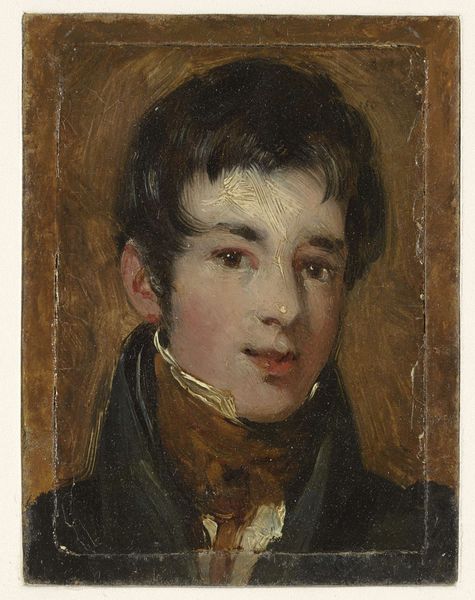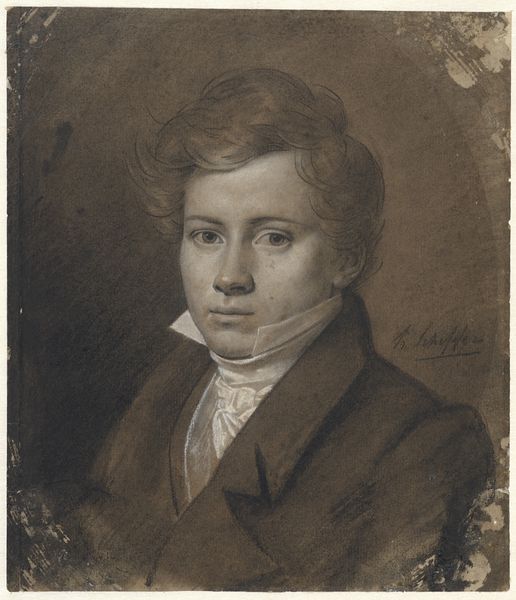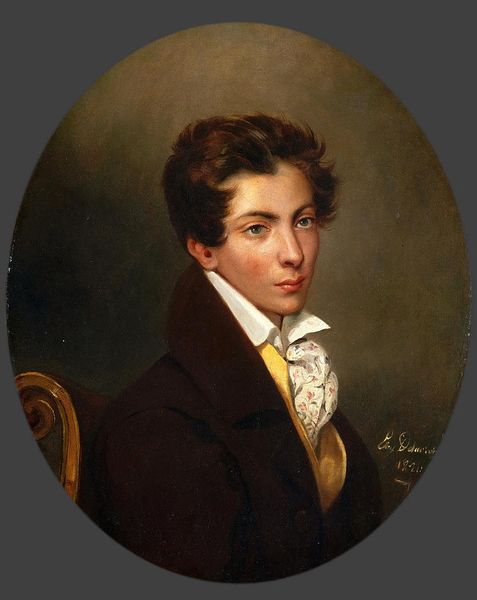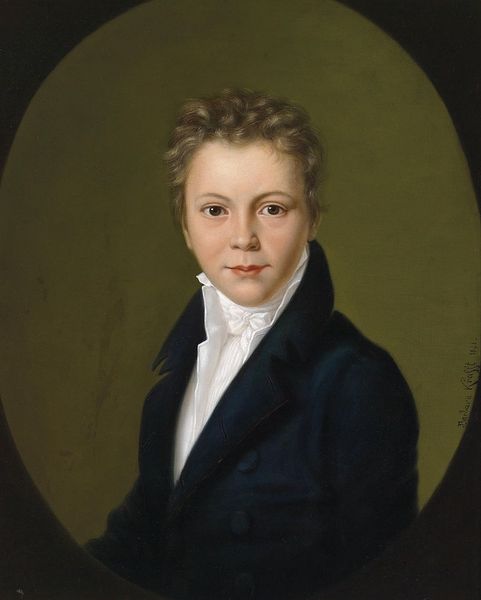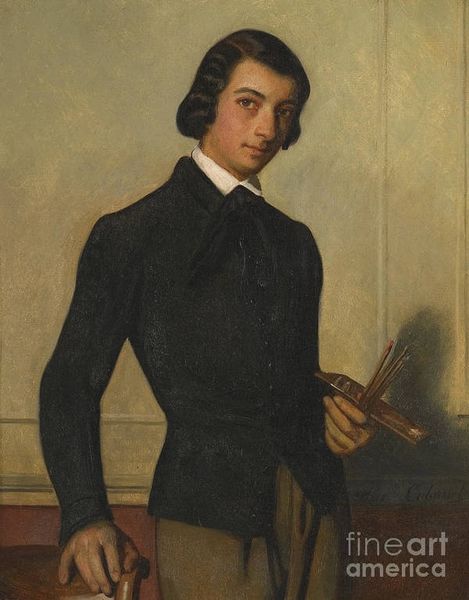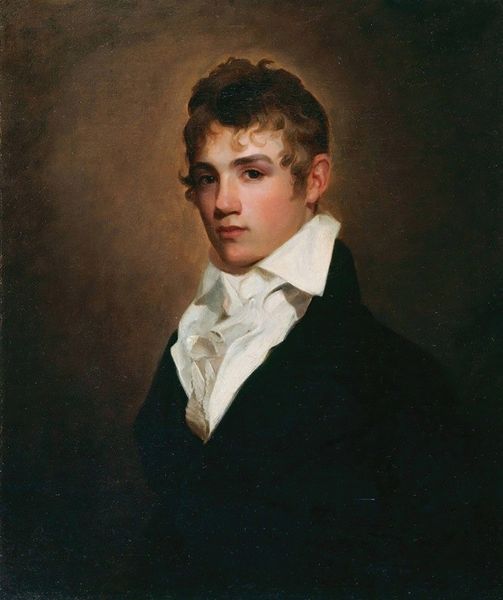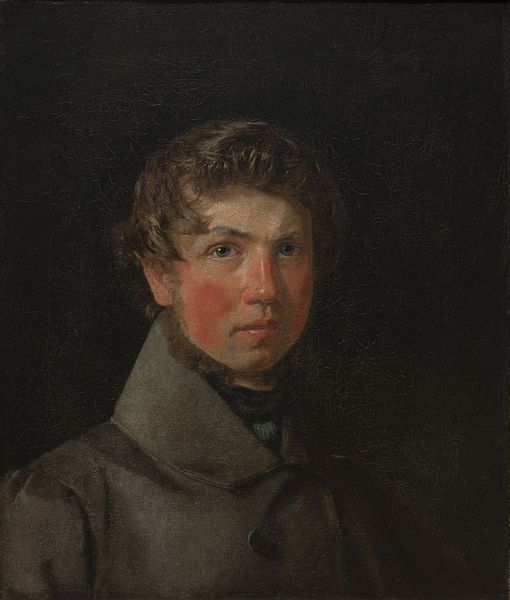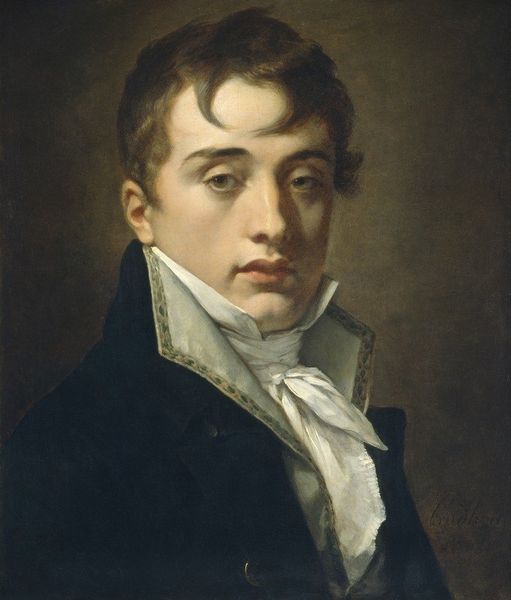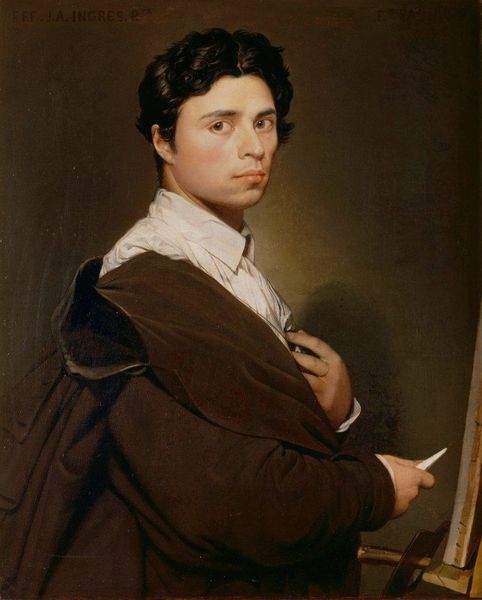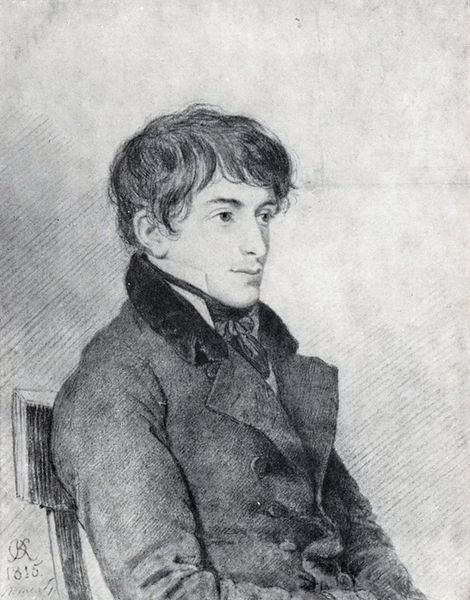
oil-paint
#
portrait
#
self-portrait
#
portrait image
#
portrait
#
oil-paint
#
figuration
#
portrait reference
#
portrait head and shoulder
#
romanticism
#
animal drawing portrait
#
portrait drawing
#
facial portrait
#
academic-art
#
portrait art
#
fine art portrait
#
digital portrait
Dimensions: 51 x 42 cm
Copyright: Public domain
Alexandre Cabanel painted this self-portrait as a child, sometime in the 19th century, using oil on canvas. The young Cabanel presents himself as a budding intellectual, evidenced by the book nestled beside him. This motif of an individual alongside a book carries a rich lineage. Consider the Renaissance portraits of scholars, their identities intertwined with the wisdom and knowledge contained within those pages. The book serves not just as a prop but as a symbol of intellect, aspiration, and a connection to the classical world. Yet, here, the book is secondary, almost an afterthought. The direct, engaging gaze of the young artist supersedes all other symbols. Throughout history, the gaze has been a powerful tool. The "evil eye," for example, found in numerous cultures, suggests that a look can carry a potent, even malevolent force. Cabanel's gaze, however, seems more self-assured and invites the viewer to share in his youthful ambition, hinting at the power of visual representation and the artist's ability to capture and convey human presence.
Comments
No comments
Be the first to comment and join the conversation on the ultimate creative platform.
